Guerrilla Warfare Exercise In West Virginia Looks Heavily Influenced By Ukraine War
The latest iteration of the U.S. military’s Ridge Runner drills include Russian SAMs and apparent enemy suicide drone launch teams.
BYJOSEPH TREVITHICK | PUBLISHED JUN 29, 2023 1:55 PM EDT
Special operators and other personnel from across the U.S. military recently concluded an exercise focused heavily on preparing them to conduct guerrilla warfare and other tasks deep behind enemy lines. Some of the scenarios featured what looked to be a mock Russian S-300 or S-400 surface-to-air missile system and what might be stand-ins for kamikaze drones, pointing to direct influences from the fighting that is happening right now in Ukraine.
The exercise in question, Ridge Runner Exercise 23-01, concluded on June 16, according to a release from the West Virginia National Guard. The West Virginia National Guard manages the Ridge Runner training program out of Camp Dawson in the northern end of the state and conducts multiple iterations of the exercise every year.
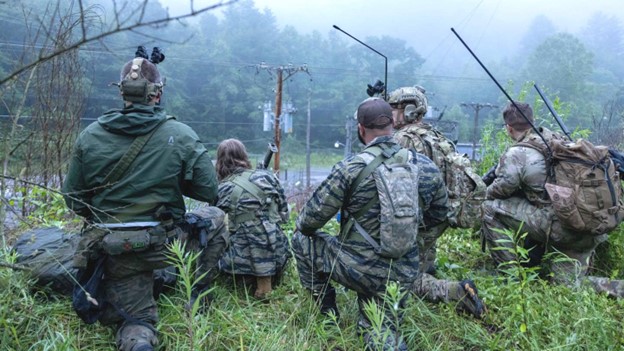
“Ridge Runner… is designed to create a dynamic and realistic training environment for people to actually come and operate in scenarios where you’re not confined to traditional military training environments,” an anonymous member of the Ohio Army National Guard assigned to the 19th Special Forces Group (Airborne) explains in a video overview of the exercise, seen below. “It really allows us to immerse a team or a unit in a very realistic military training environment where they’re operating as if they would in a foreign country.”
Units that sent personnel to take part in Ridge Runner 23-01 included:
- The Army National Guard’s 19th Special Forces Group (Airborne)
- The Army’s 92nd Civil Affairs Battalion (Airborne)
- The Army’s 6th Psychological Operations Battalion (Airborne)
- The Air National Guard’s 193rd Special Operations Wing
- The Marine Corps Reserve’s 4th Air Naval Gunfire Liaison Company (ANGLICO)
- The Marine Corps Reserve’s 4th Civil Affairs Group
- The Marine Corps Reserve’s Marine Corps Advisor Company A
- The Polish Jednostka Wojskowa Komandosów (JWK) special operations unit
- The Polish Territorial Defence Forces
- The armed forces of the United Kingdom
- The armed forces of Latvia
- The armed forces of Lithuania
Latvia, Lithuania, Poland, and the United Kingdom are all NATO members. Australia, Canada, Georgia, Moldova, Qatar, Hungary, Germany, Finland, the Czech Republic, Slovakia, and Australia, all sent personnel to observe the exercise, as well. Members of the famed British Special Air Service (SAS) were also among the observers, according to the West Virginia National Guard.
“Exercise participants assimilated into communities in two simulated nations in northern and southern West Virginia. Participants met with actual local government officials, law enforcement and emergency services personnel,” the West Virginia National Guard’s release about Ridge Runner 23-01 press explains. “They monitored simulated economic and political situations in each ‘nation’ through simulated newscasts and media engagements, mirroring procedures and operations they would conduct during actual deployments.”
“Information from these engagements drove additional training and missions, eventually countering a simulated invasion by hostile forces from neighboring nations,” the release adds.
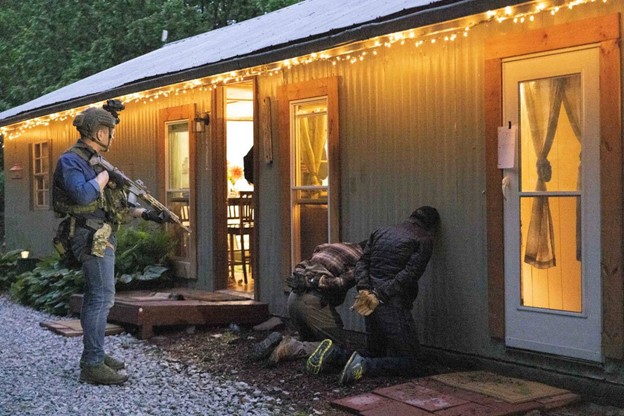
More specific information about the training scenarios included in Ridge Runner 23-01 is limited. However, pictures and videos the West Virginia National Guard released from the exercise do show a number of interesting details. Some of the set pieces appear to have been inspired, at least in part, by the current conflict in Ukraine – not to mention the overall exercise involving a mock invasion of one state by its neighbors.
One of the Ridge Runner pictures looks to show a relatively crude trailer-based mockup intended to represent one of the transporter-erector-launcher types associated with Russian-made S-300 and S-400 surface-to-air missile systems. The side of the mockup that is visible in the image has a section with orange and black stripes painted on it, as well as a star in the center. This design is virtually identical to the one the Russian military routinely applies to military vehicles taking part in parades. It has now also been observed on Russian vehicles in Ukraine.
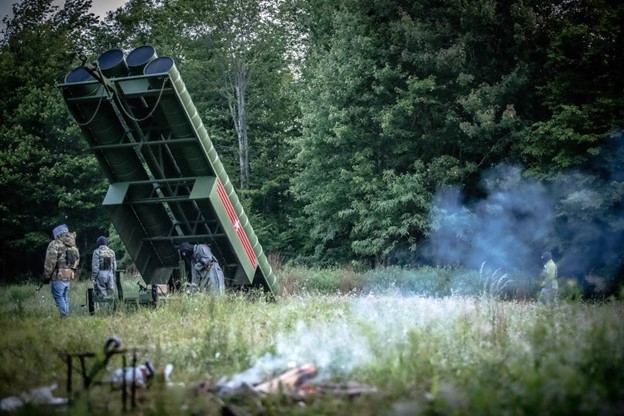
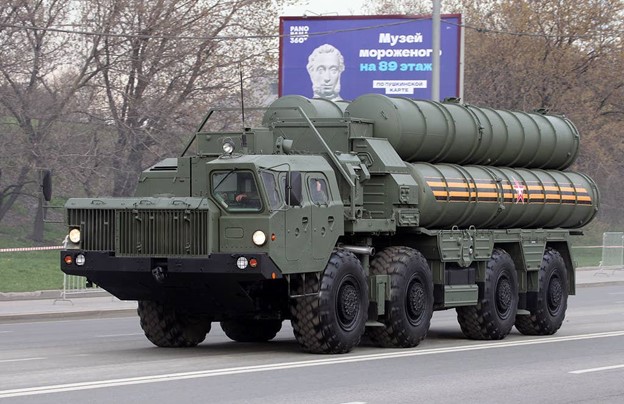

Helping to locate and neutralize high-priority enemy targets, including air defense assets, is something U.S. special operations forces could very well be tasked with in a future conflict, especially a higher-end one against a near-peer opponent, such as Russia or China. This is something The War Zone has highlighted with regard to other U.S. exercises in the past.
In the background of another image from Ridge Runner 23-01 there are what appear to be two faux drones on stands. These look to have a general outward look that is reminiscent of Iranian delta-winged kamikaze drones like the Shahed-136, which Russian forces have been using for months now to conduct stand-off strikes against targets in Ukraine.
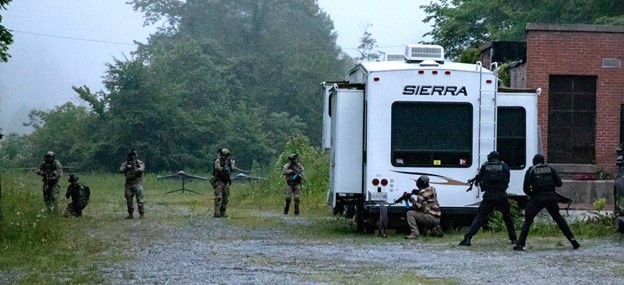
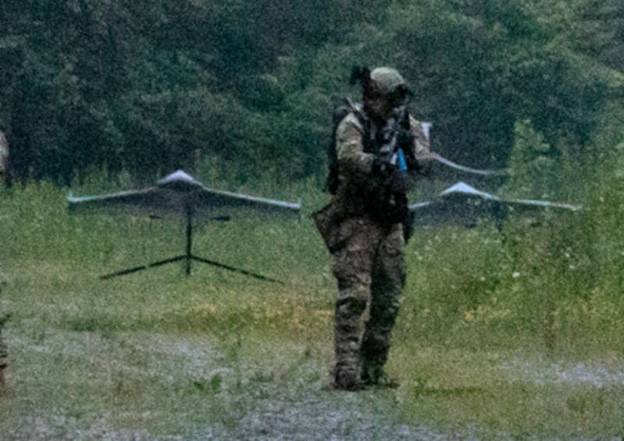
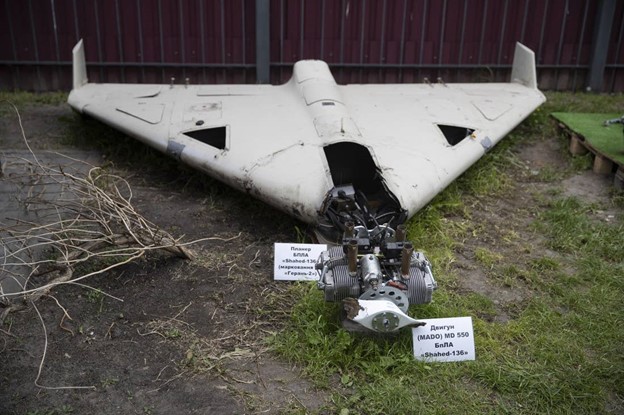
With drones already being a common feature in many modern conflicts, and their use only increasing, finding launch sites and taking them out are missions that U.S. special operations units, among other forces, could easily find themselves called to carry out in the future. We have already seen the U.S. military specifically target sites operated by Iranian-backed militias and associated with the fabrication and employment of drones in the past in Syria after attacks on American forces.
“These simulations are critical to ensuring America and our allies are prepared and ready to handle the destabilizing tactics we’re seeing Russia and China employ through organizations like the Wagner Group,” Senator Joe Manchin, a West Virginia Democrat and a member of the Senate Armed Services Committee, said about Ridge Runner 23-01.
Forces from the private military company known as Wagner, which the Russian government has now admitted is state-sponsored and has strong ties to that country’s military and intelligence apparatus, have been an important component of the country’s war effort in Ukraine. Wagner has, of course, been in the news lately after its leader, Yevgeny Prigozhin, led some of its units in an abortive putsch over the weekend. The full extent of the fallout from that failed revolt remains to be seen, as you can read more about here.
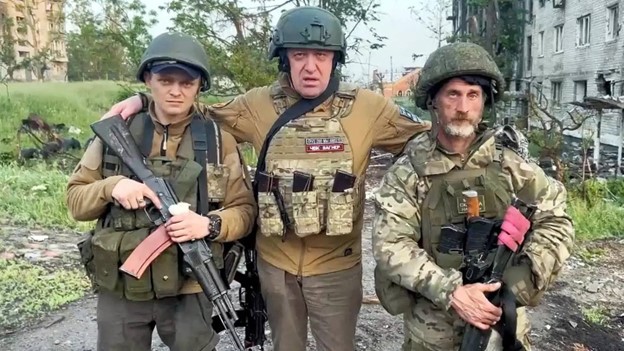
It is important to note that no matter how much this particular iteration of Ridge Runner was directly influenced by the war in Ukraine, what has been disclosed so far is very much in line with a typical one of these exercises. The Ridge Runner program traces back to the 1990s when it started as a Survival, Evasion, Resistance, and Escape (SERE) training event, but has since evolved to incorporate much more diverse irregular warfare scenarios.
Irregular warfare has long been something of a nebulous term. A summary of a classified irregular warfare annex to the 2020 National Defense Strategy defined it broadly as “a struggle among state and non-state actors to influence populations and affect legitimacy.”
Within irregular warfare, there are multiple mission sets, including unconventional warfare. The U.S. military has defined that in the past as “activities conducted to enable a resistance movement or insurgency to coerce, disrupt or overthrow a government or occupying power by operating through or with an underground, auxiliary, and guerrilla force in a denied area.”
In general, Ridge Runner offers U.S. special operations and convention units, as well as those from ally and partner nations, to practice conducting these kinds of operations in a real-world setting. Though staged from Camp Dawson, the exercises take place across actual communities in West Virginia with the cooperation of local authorities and citizens, some of whom act as roleplayers in various scenarios. Altogether, around 500,000 acres of public and private land are available for exercise planners to work with.
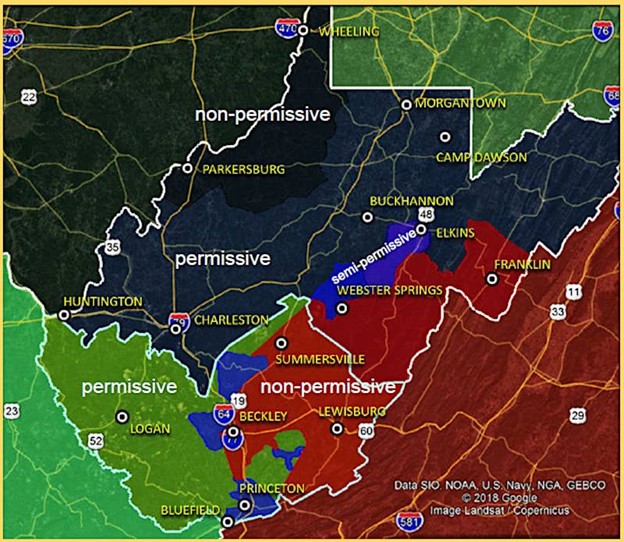
As has already been made clear, the overarching scenarios for Ridge Runner exercises can be quite involved and are set in the context of the interactions between the governments of and other actors in multiple fictitious countries. After another Ridge Runner exercise in 2017 that also involved various forces from multiple NATO members situation the alliance’s eastern flank, The War Zone had highlighted its relevance in the context of what was then a much more limited conflict in Ukraine and other concerns about Russian aggression.
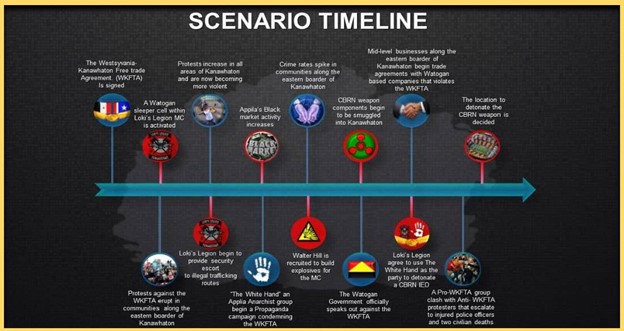
Ridge Runner is not the only exercise like this that the U.S. military conducts on a routine basis. The capstone event for Army soldiers training to become Green Berets is an exercise called Robin Sage that also focuses heavily on irregular and unconventional warfare skills and takes place in communities across parts of North and South Carolina.
Another example is U.S. Special Operations Command’s (SOCOM) Jade Helm exercises. The 2015 iteration, which took place across multiple states in the American southwest, infamously prompted a number of unfounded conspiracy theories and led to authorities in Texas deploying state military forces to monitor federal troops.
Smaller realistic urban training exercises, generally led by U.S. special operations forces, take place on a regular basis in major cities across the United States. In many cases, these cause concern among local citizens, who may get little advance warning about the sudden appearance of military forces, often in the dead of night. These kinds of exercises received particularly negative attention in April after Army Green Berets and members of the Federal Bureau of Investigation (FBI) accidentally detained an innocent civilian in a botched raid in a Boston hotel.
With this in mind, the extent of the agreements with local authorities and private individuals across West Virginia in support of Ridge Runner highlights the value of that particular exercise. In general, being able to train in real-world environments, especially urban settings where the U.S. military sees future conflicts occurring, is extremely important for U.S. special operations and conventional forces. Even very realistic purpose-built training areas, like the one seen in the video below, simply cannot fully replicate the nuances that troops can expect to encounter in the field to the same degree.
Conducting irregular warfare training in real-world environments is also particularly valuable given that many of the relevant scenarios involve contexts short of war or otherwise outside of traditional conflicts, or where U.S. forces may not be directly involved in the fighting.
According to the unclassified summary of the irregular warfare annex, the 2020 National Defense Strategy put significant new emphasis on irregular warfare as a potential component of future great power competition against countries like Russia and China.
“State adversaries and their proxies increasingly seek to prevail through their own use of irregular warfare, pursuing national objectives in the competitive space deliberately below the threshold likely to provoke a U.S. conventional response,” it explained. “China, Russia, and Iran are willing practitioners of campaigns of disinformation, deception, sabotage, and economic coercion, as well as proxy, guerrilla, and covert operations.
“It is in this competitive space that the Department [of Defense] must innovate. We must creatively mix our traditional combat power with proactive, dynamic, and unorthodox approaches to IW [irregular warfare] that can shape, prevent, and prevail against our nation’s adversaries and maintain favorable regional balances of power alongside our key partners and allies.”
Altogether, no matter how much the fighting in Ukraine impacted the planning for Ridge Runner 23-01, the conflict there has underscored the importance of exercises like this and of irregular warfare, in general.
